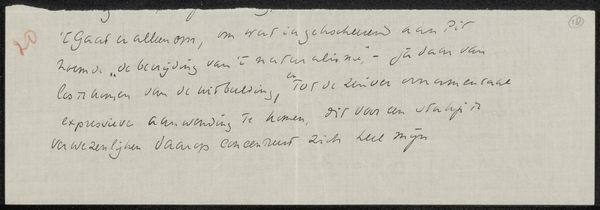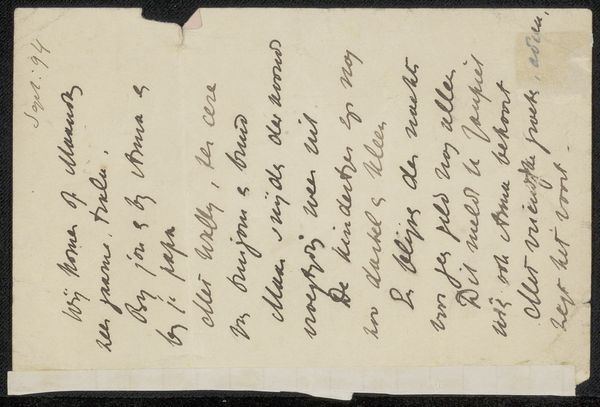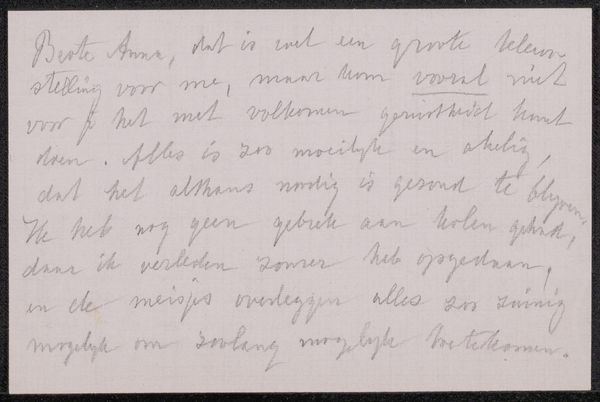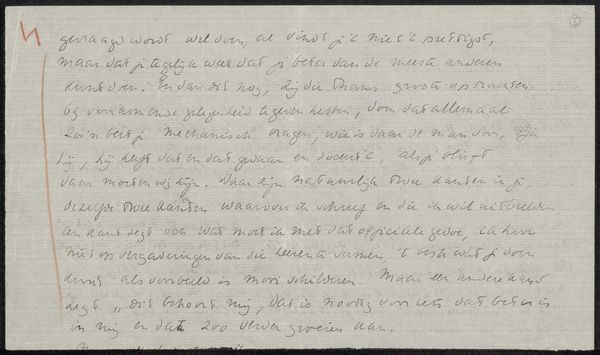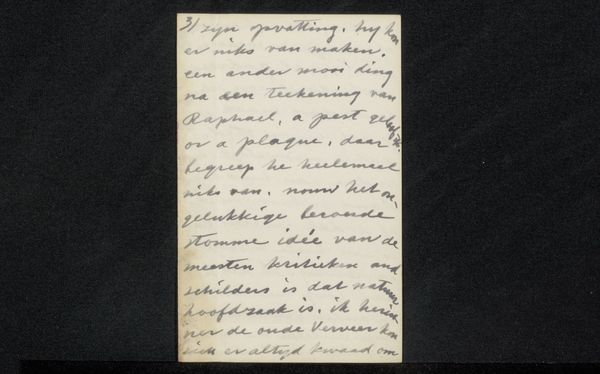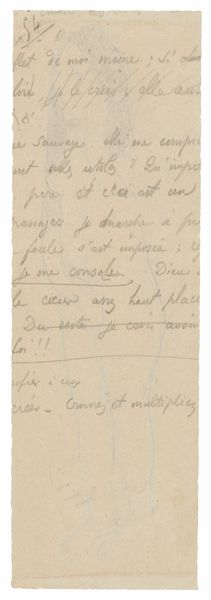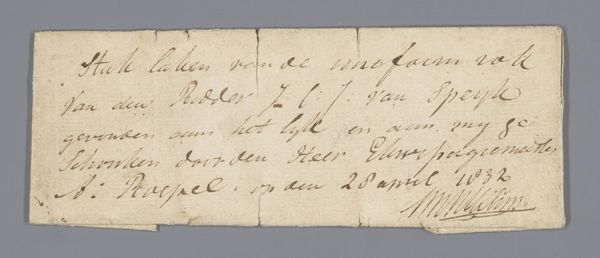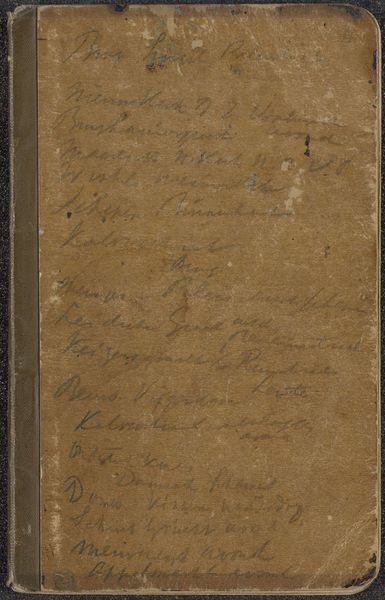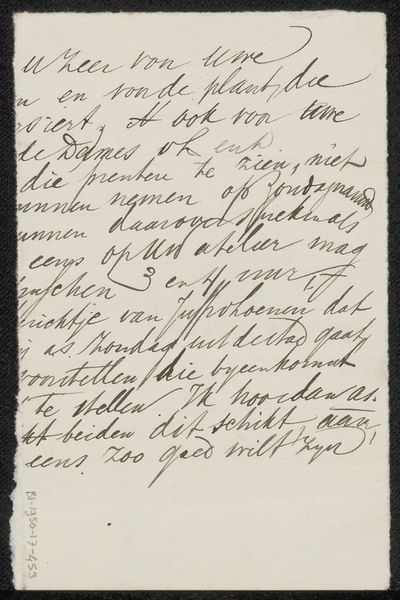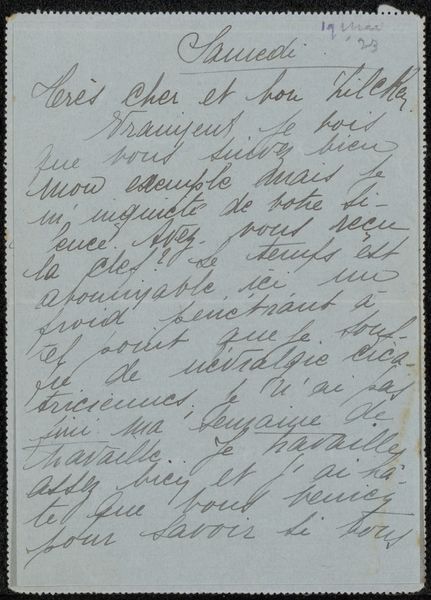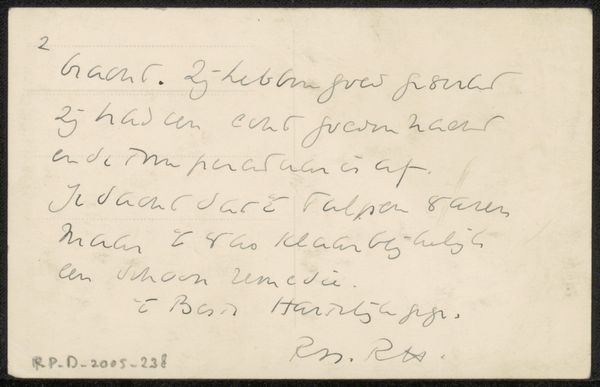
drawing, paper, ink
#
drawing
#
paper
#
ink
#
calligraphy
Copyright: Rijks Museum: Open Domain
Curator: This intriguing piece, “Gedicht uit collectie August Allebé," roughly translated as "Poem from the collection of August Allebé," dates from 1848 to 1927. Created by Allebé, this work uses ink on paper and showcases elegant calligraphy. Editor: It’s intimate, isn't it? The writing is so delicate and feels incredibly personal, almost like a secret message intercepted. It evokes feelings of longing or vulnerability, don't you think? Curator: Absolutely, and that sense of intimacy ties directly into Allebé’s artistic circle during that time. Examining the broader social canvas, his era saw burgeoning discussions around individual expression in the arts versus traditional artistic regulations. A deeply personal poem would resonate as a form of personal agency. Editor: Considering it is poetry, what I find really telling is how this poem itself can operate as a site of resistance to heteronormative poetic language that defined relationships, like in marriage; here, this could be positioned as a secret, personal affection to someone the poet addresses with the casual "Lieve Meid" – dear maid in English. It's compelling to imagine that subtext, knowing about contemporary constraints, like we see also today. Curator: That’s a sharp interpretation. Thinking about Allebé's wider oeuvre and historical setting of growing visibility of feminist issues adds weight to this reading. The understated composition, the choice of accessible materials like paper and ink, they all amplify the message's raw emotionality. The politics of art become strikingly personal. Editor: It makes you wonder about the addressee, doesn’t it? Considering historical roles, were there many female figures or feminist activists? What position in her family did this person have, who received these kinds of secret messages? Curator: Exactly. And such questions highlight the significance of works like this. By revealing traces of private thoughts and social conditions of its day, it compels us to remember our public and ethical responsibilities when viewing it today. Editor: Looking at this inscription now, what stands out to me is how Allebé created something tender yet powerfully charged. Curator: A potent example of art acting as both a mirror to society and a catalyst for change.
Comments
No comments
Be the first to comment and join the conversation on the ultimate creative platform.
